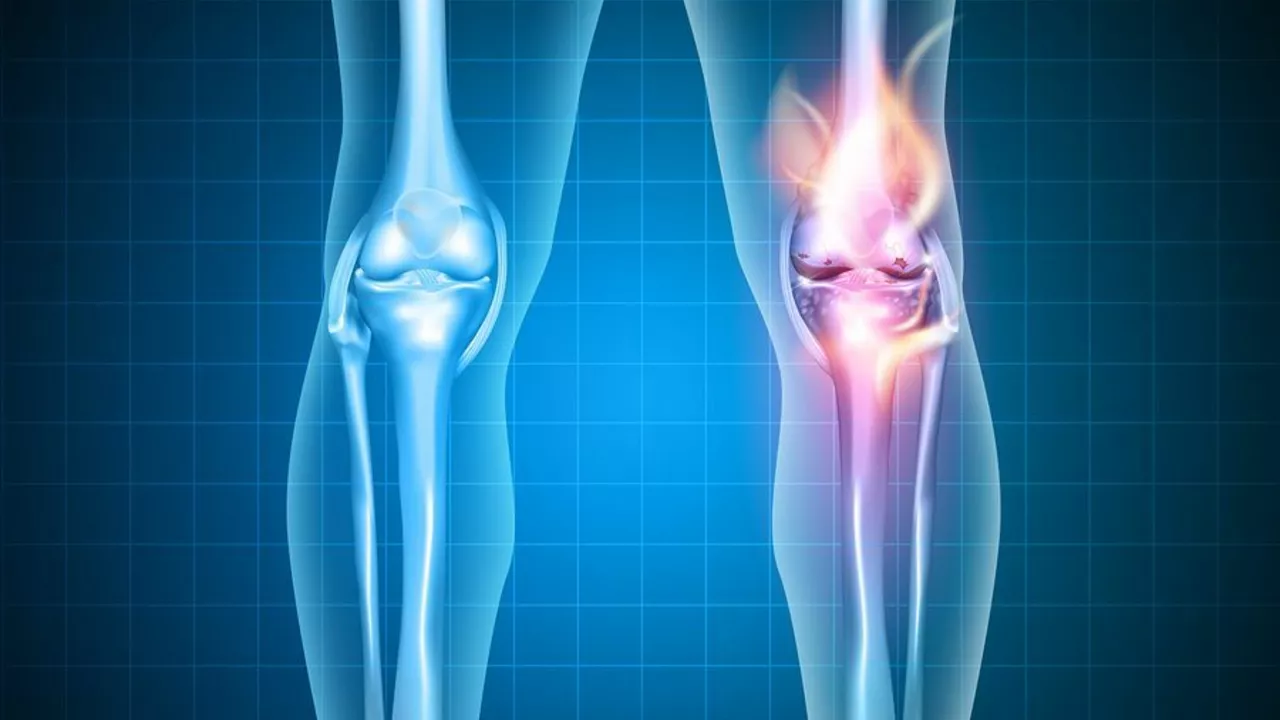Surgery Expectations: Clear Steps to a Smoother Recovery
You’ll notice your recovery is shaped long before you enter the operating room. Little things—what you eat the day before, which medicines you stop, whether you have a ride home—make a big difference. This page gives plain, practical steps so you know what to expect and what to ask your team.
Before surgery: what to sort out
Follow your clinic’s fasting rules. Typically that means no solid food after midnight and clear liquids allowed until a couple of hours before surgery. Confirm the exact times—rules vary by procedure.
Make a short, clear medication list. Include prescription drugs, vitamins, and blood thinners. Ask which to stop and when. For example, many surgeons will ask you to pause aspirin or NSAIDs several days before certain procedures to reduce bleeding risk. If you take diabetes meds or SGLT2 inhibitors, get specific instructions—those often change around surgery.
Arrange transport and support. You won’t drive home after general anesthesia. Book a trusted friend or family member for the first 24–48 hours. Plan for someone to help with meals, meds, and basic chores if your mobility will be limited.
Pack essentials: ID, insurance info, a list of allergies, comfortable clothes, and any CPAP device if you use one. Keep your phone charger handy so your caregiver can coordinate post-op plans.
Day of surgery and immediate recovery
Expect check-in, a brief exam, and a nurse reviewing your consent and meds. You may meet the anesthetist; ask about nausea prevention and pain control options. If you’re anxious, say so—there are safe ways to manage anxiety before anesthesia.
After the procedure you’ll wake in recovery. It’s normal to feel groggy, nauseous, cold, or thirsty. Nurses monitor vitals, pain, and wound dressings. They’ll tell you when you can drink, eat, and go home—or when you need to stay for observation.
At home, follow discharge instructions exactly. That usually includes wound care steps, who to call for prescription refills, activity limits, and a follow-up appointment. Use the pain plan your surgeon gave you—often a mix of acetaminophen and short-term opioid for severe pain, plus ice and rest. Avoid mixing pain meds with alcohol and follow dosing limits.
Watch for red flags: heavy or worsening bleeding, fever above 38°C (100.4°F) that won’t drop with acetaminophen, severe shortness of breath, sudden chest pain, or signs of infection around the wound (increasing redness, warmth, pus). If you see any of these, contact your surgeon or emergency services right away.
Start moving as advised. Light walking prevents blood clots and speeds healing; your team will tell you when to climb stairs, drive, or return to work. Physical therapy may begin within days for many procedures—follow the exercises and don’t rush progress.
If you need new prescriptions, use a reliable pharmacy. If you shop online, pick licensed pharmacies and verify prescriptions—your safety matters. When in doubt, call your clinic and ask one clear question at a time; the right instruction can prevent big setbacks.
Knowing these basics helps you feel more in control. Ask questions before you sign consent, and keep a short checklist with you on surgery day: meds, fasting rules, transport, and emergency contacts. Small preparation now makes recovery easier and safer.

